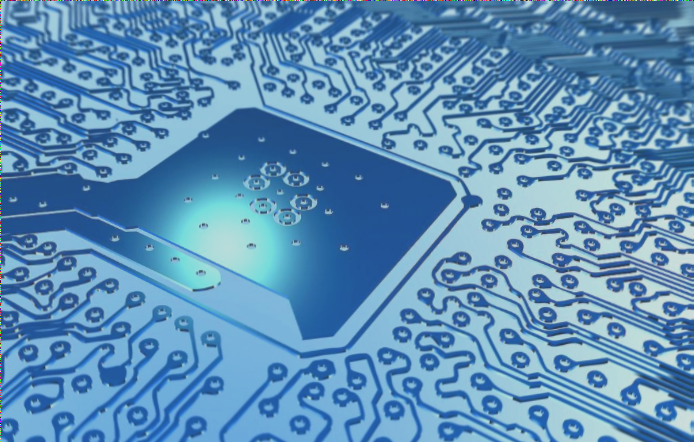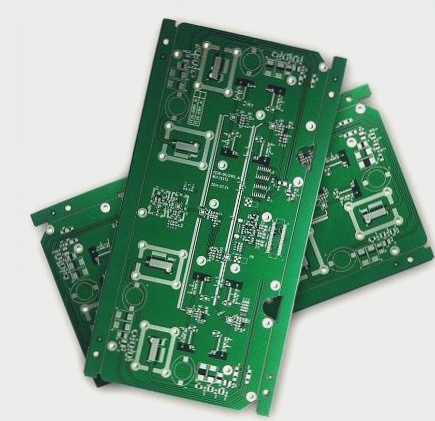Mastering PCB Design: Understanding Signal Reflections and Impedance Discontinuities
Signal Reflections in PCB Transmission Lines
- Signal reflections occur in PCB transmission lines due to discontinuous impedance.
- Uniform characteristic impedance maintenance is crucial to avoid signal reflection and distortion.
- High-frequency signals exhibit similar behavior in PCB traces, requiring meticulous design to minimize signal attenuation.
Impact of Impedance Discontinuities
Impedance discontinuities in PCB traces can lead to signal distortion, ringing, and potential sampling errors at high switching frequencies. Understanding the differences between microstrip lines and striplines is essential in PCB design.
Typical Impedance Discontinuities
- Impedance Changes in the Line
- Branches in the Line
- Return Signal Splitting
- Vias
Limiting the Impact of Impedance Discontinuity
To mitigate negative effects, treat all PCB signal traces as transmission lines and ensure consistent characteristic impedance along the signal path. Match source and load impedance to trace impedance for optimal performance.
Further Reading: Why Controlled Impedance is Crucial for Signal Integrity
In high-frequency digital circuits, impedance discontinuities can significantly distort signals, emphasizing the importance of adhering to signal integrity rules for high-frequency signals.

For more information on reducing parasitic capacitance in PCB layout and optimizing signal integrity, explore advanced PCB design techniques.
Avoid Branching in PCB Design
When designing a PCB layout, it is crucial to avoid branching in signal lines. Instead of branching, consider connecting lines in a daisy chain configuration to ensure signal integrity.
Signal Return Path Best Practices
Always ensure that the signal return path follows the same route as the signal line. If utilizing a ground plane, check for interruptions or splits in the return signal path. It is essential to maintain a solid plane without any cracks or cuts along the trace’s length.
Optimizing Via Design for High-Frequency Traces
Position high-frequency traces on separate layers to minimize interference. When using vias, opt for micro vias over traditional ones to reduce capacitance and inductance. Minimize the use of through-holes on signal traces and utilize micro vias for shorter stub lengths.
Understanding Impedance Discontinuity in PCBs
Impedance discontinuities can lead to signal reflections on a transmission line. Any changes in impedance along the signal path can impact signal propagation, similar to how light reflects at a medium discontinuity.
Types of Impedance Discontinuities and Causes
- Source or Destination Impedance Mismatch
- Variations in Line Width or Height


